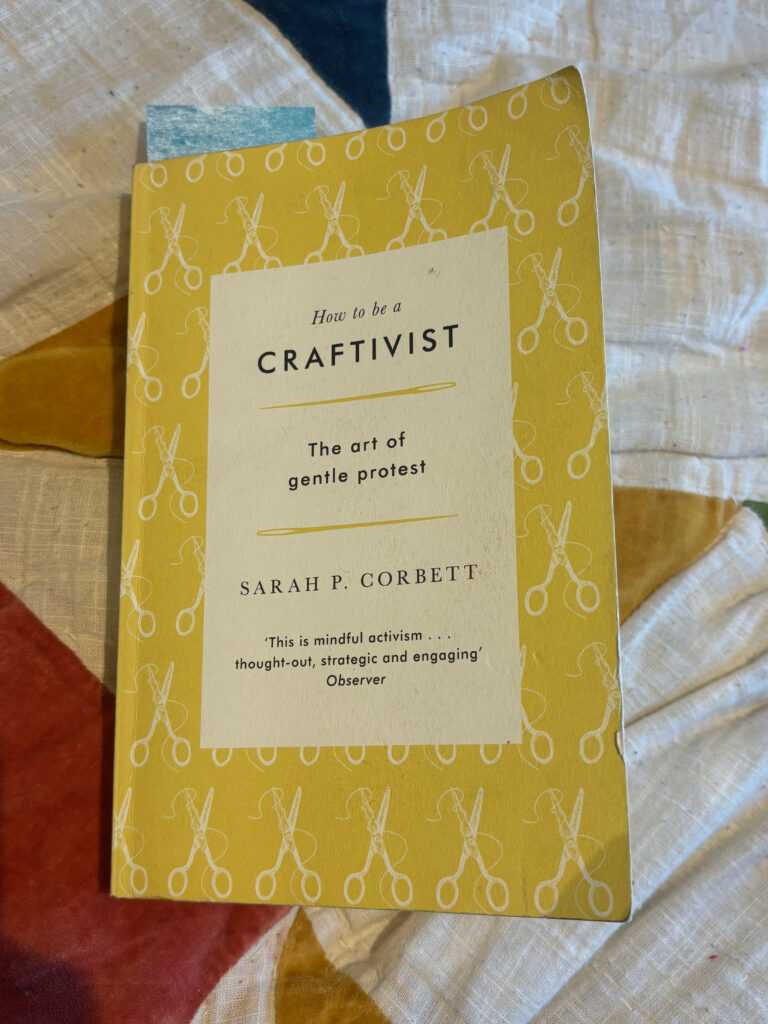
One of the biggest inspirations for my curatorial project was, as mentioned previously, seeing the inclusion of feminist postal art at the Women in Revolt! exhibition. This prompted me to think about the feminist connotations of craft today and how crafting and the act of physically making things is a radical and political act. To make is to construct something new from existing items, and when that revolves around making from your everyday experiences and recording this, the work can’t be separated from the political systems they are created in. Thinking about how the arts are so vastly underfunded, as well as the mass issues with the postal system, I wanted to think about how postal art could function today.
This lead me on to the book ‘How to be a Craftivist: the art of gentle protest’ by Sarah P. Corbett (2017). Combining craft and activism, Corbett describes in the book describes how crafting, making, and doing rejuvenated her activism, taking her from being burnt out to seeing the value in small radical acts that grow to make a difference. Using workshops as a format to generate discussion, she believes that this group format brings together ‘a melting pot of different thoughts, perspectives, ideas, experiences and varied political beliefs’ (p.78). With ‘the role of crafted objects and making together create[ing] a condition for ease and un-pressured social interaction’ (p.75) I feel like this contemporary understanding of the need for communal making supports the same ideas of solidarity and mutual expression that the postal art from the 1970s held.
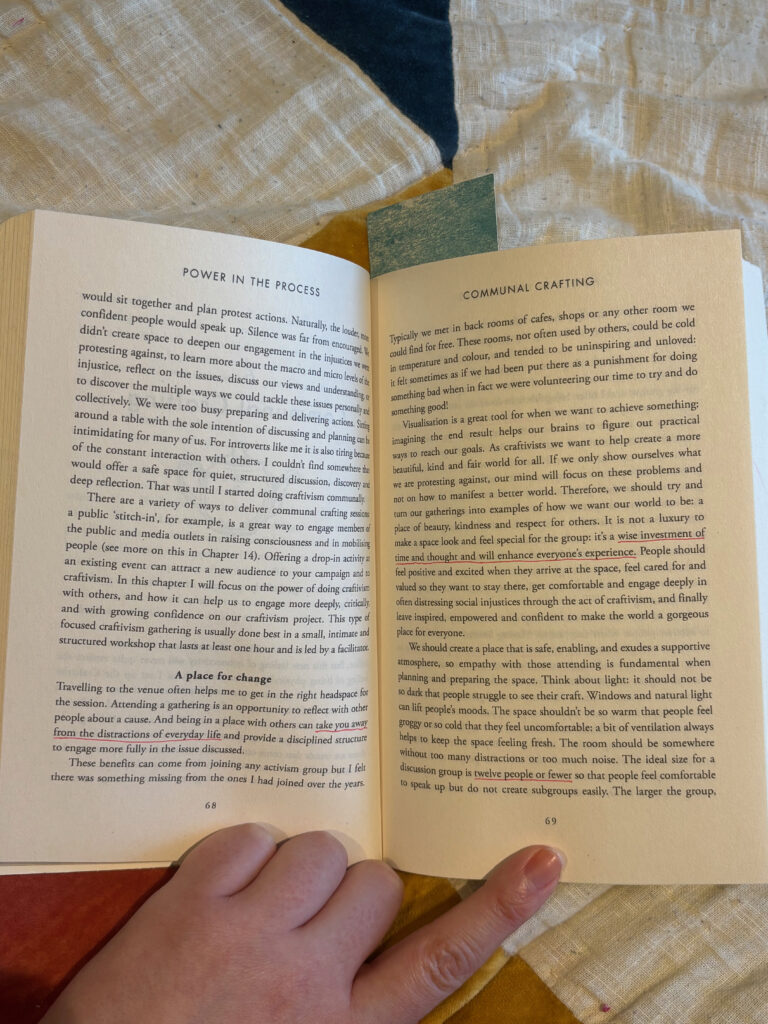
In addition to the broader discussion of themes I also found the chapter on Communal Crafting very helpful for fleshing out how my proposed series of workshops could actually function. Things like having round tables of 12 to remove hierarchy and reduce small groups forming, making the spaces pretty with table cloths so it’s inviting and having vinyl records playing to reduce external noise whilst still being separated from contemporary media are all very valid practicalities I hadn’t considered. A great suggestion she mentioned was that she for her craftivist workshops had collaborated with local Women’s Institute groups before as they often have weekly meetings in a comfortable space that isn’t too large and has a community who enjoy creating pre-established. This is something I want to look into when thinking about the scale of my project and the duration, as well as the space. If I can create networks between groups or between people on the fringes of these communities I think my postal network would have a lot more success. The village hall as a community hub and a safe space has a lot of potential for my proposed venues. They often are cheaper than well established creative centres, supporting the local community with their funds, and are accessible, upholding mine and my collectives’ ethical beliefs.
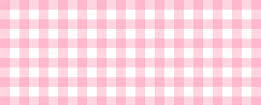

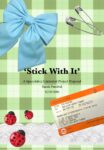

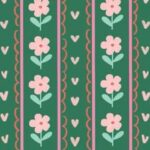
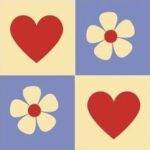
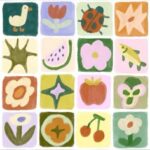

alewisj
6 March 2025 — 16:37
Pitch feedback
Your peer feedback suggested the exhibition concept would benefit from clearer physical outlining, including the potential inclusion of magazines to enhance the experience. Drawing on Derrida’s notion that “meaning is always deferred,” incorporating text-based artists like Emily Pope and Foucault’s The Order of Things could deepen the narrative. I also think the inclusion of key quotes would improve future PowerPoint presentations. Collaborative works, like Cara Philips’ screen prints, add value and illustrate your concept well. Consider the environment carefully for a cohesive presentation.
Your pitch presents a compelling and well-researched curatorial project that thoughtfully explores grassroots networks, tactile arts, and digital archiving. The connection between postal art, feminist collectives, and contemporary creative networks is clearly articulated, grounding your project in both historical and theoretical frameworks. Your approach effectively integrates physical workshops, object exchanges, and digital platforms, making the project accessible and inclusive.
The themes of community, everyday objects, and archiving are strong, but refining the relationship between the physical and digital components could enhance clarity. How will the website function beyond documentation? Will it serve as an interactive space for participation? Additionally, considering existing interactive curatorial models—such as Material Grrrlz and the Gossip Gossip Gossip magazine—could strengthen your framework.
Your key questions are thought-provoking, particularly regarding the role of collections and archives. Expanding on how objects gain meaning through collective interaction would further develop your curatorial vision. Overall, this is an exciting and well-contextualized project with strong potential for engagement.
Blog feedback
Your blog post would benefit from a clearer explanation of which week each post relates to. Currently, you have several posts that were posted on 06 March with little information in each post. I suggest being more concise and title each post “Week 4”, “Week 5”, etc. I would also suggest you post more regularly, with more concise reflection, critical analysis and ideas for moving forward, as this will improve my ability to give you useful feedback.
Your PowerPoint presentation has a powerful aesthetic and presents your ideas clearly. Your blog posts could benefit from the same aesthetic and approach. However, you have made good reflections via your presentation. It will be good to see quotes from theories that are relevant to your ideas, images that relate to your project, and clear outlining information about where your exhibition will take place. This will be good to illustrate through digital mock-ups so that the reader of your blog can visualise your ideas. I would like to see you improve the way you use your blog, as currently, it does not represent how strong your speculative project is.